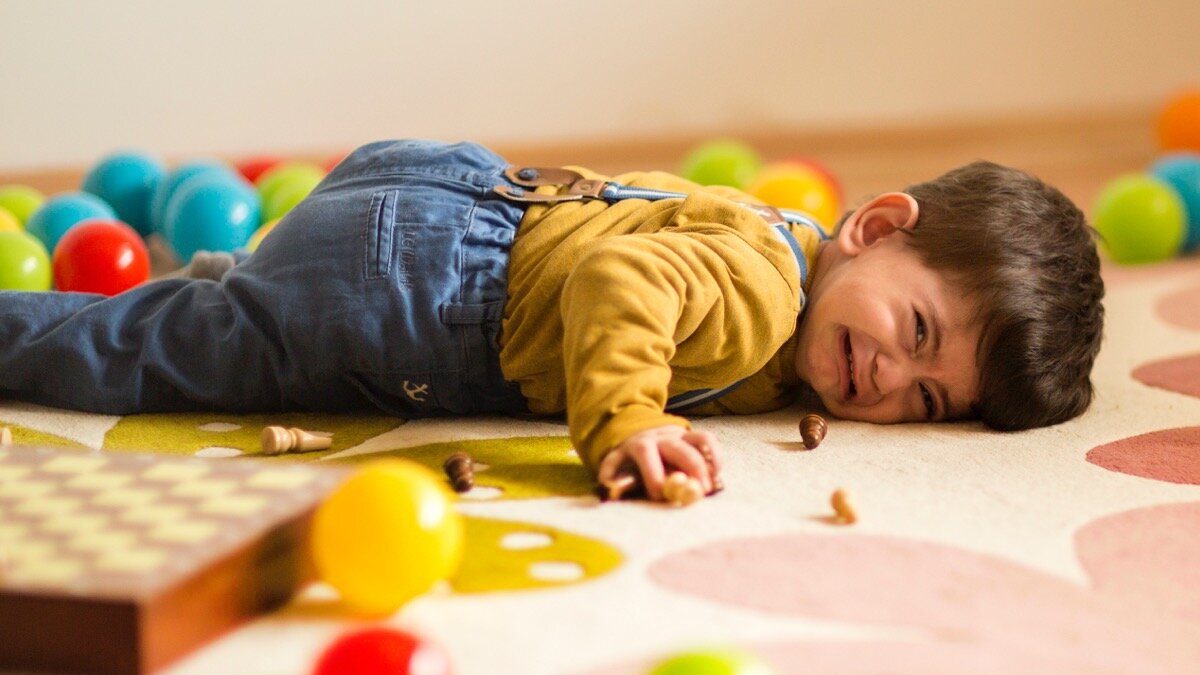The long-term effects of covid-19 on our children is yet to be fully seen. After months and months of being isolated at home, the toll it has had on some children’s emotional world has meant that some children have taken a backward step when it comes to social emotional development.
I have had children talk with me about:
“Will my friends still be my friends?”
“When I see too many children at the park I don’t want to play.”
“I don’t know what to say to my friends when we chat… I get stuck.”
“All I know is that I feel nervous.”
I had an incident today with my 11 year old who stopped playing at the park because she felt overwhelmed by other children. She hopped off the swing and walk over to me grasping my hand and said “mum can we go home.” She didn’t want to talk right then and there and I didn’t push her to. Instead I just labelled what I was observing “It looks like you became nervous when you saw more children arriving at the playground. Feeling nervous can be tricky but I’m right here.” So this incident prompted me to write this blog, as I know there are more children out there who feel the same way.
So, how can we ease our children’s anxiety and support them in some sense to reintegrate, here are a few little steps.
1. EMPATHY IS GOLDEN
Empathize with them. When our children feel understood they know that we are on the same page as them cheering them along. It creates safety and security.
2. HAVE A GAME PLAN
Talk about the situation that you are aware of that might cause some of those anxious feeling and come up with a game plan. Having a game plan allows children feel in control. Then they know that they have something to refer to or fall back on. We might need to support them to work through this.
3. WORDS OF ENCOURAGEMENT
A few gentle words of encouragement when you see that they are worried and take that risk to separate from us as parents - “I could see you were nervous but when you did X I was so proud of you, that took some effort.” Sometimes encouragement can be non-verbal, the good old thumbs up or wink can communicate a thousand more words.
4. REMINISCING
Sometimes reminding children what it was like when they were doing that task that gives them those jittery feelings. “Do you remember when you would leap onto the monkey bars and swing from bar to bar or even do a flip, wow that was awesome.” Reminiscing helps children to build the confidence in an unconscious way and silence their inner critic.
5. PATIENCE IS KEY
I know it can be frustrating when you know that your child can do the task that is causing them angst. Let’s just pause for a moment. These are BIG feelings that our children are having and take a moment to lower our expectations, we are all experiencing a great deal. They will get there again but the path just looks a little different.
If your child is having some struggles reach out and get in touch and check out some of the wonderful group programs being offered.
So I hope these have been a few handy tips to consider or gentle reminders to play around with and remember to do what feels right for your child.













